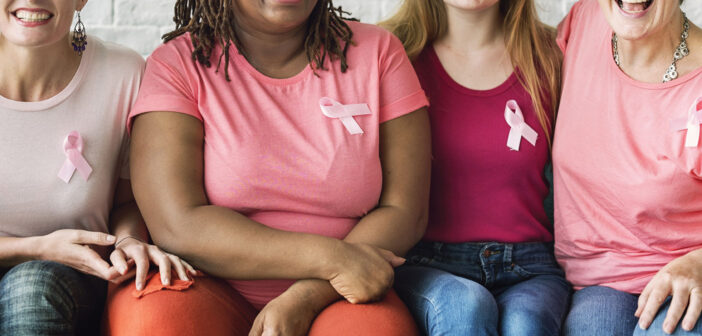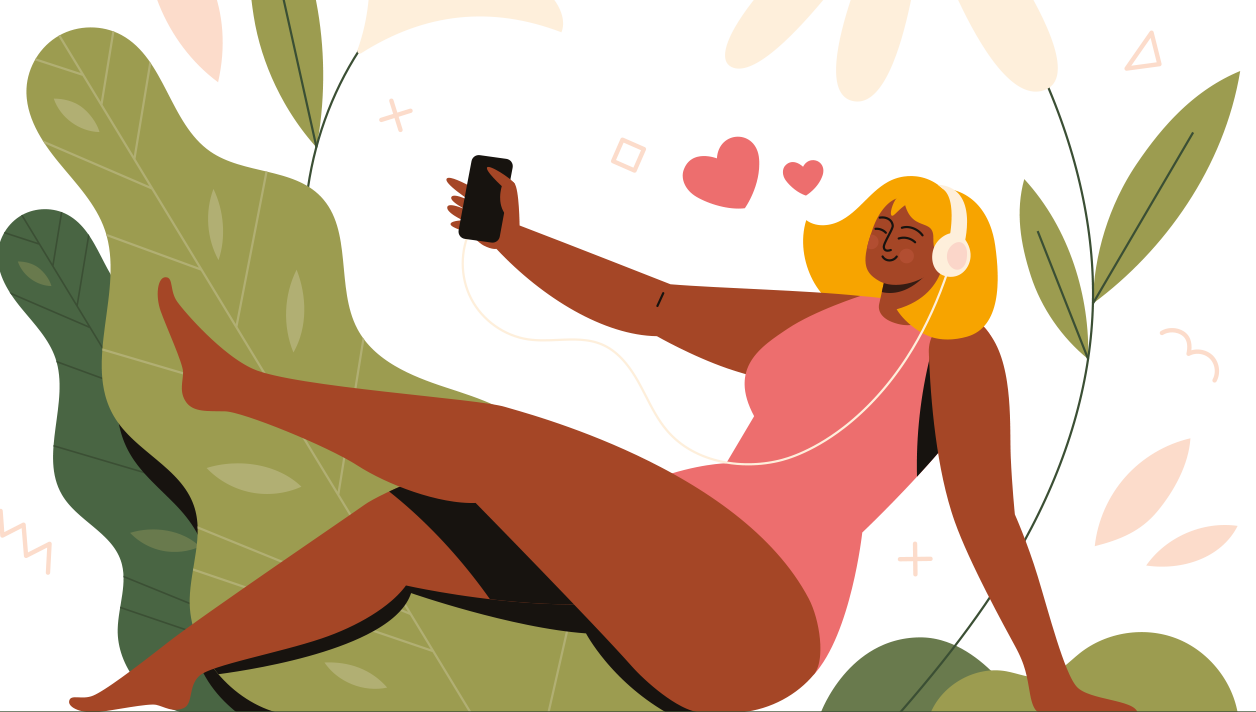“Leslie, you’re overdue for a mammogram,” Dr. Petty said as he eyed my medical chart.
“How can I get out of this?” I blurted out.
“You can’t,” he said, smiling.
On my list of medical things I don’t want to do having a mammogram is right up there next to the root canal. My first thought is that it is painful. Then, I remind myself it is really more “uncomfortable” than painful. My annual internal whine-fest is usually interrupted by one thought: my aunt, Candy.
When she told the family she had breast cancer, Aunt Candy tried to make it okay for us. Her ever-present bright smile was still there, but I now know it was hiding fear and bewilderment. She was a 35-year-old mother of two young kids, whom she had learned would grow up without her. The cancer was aggressive and spread quickly. Candy was 36 when she died.
Until her diagnosis, breast cancer was not even on Aunt Candy’s radar. It was the 1980s – there was no Breast Cancer Awareness Month. Back then, people considered breast cancer to be an older woman’s disease. Even now, the American Cancer Society doesn’t recommend annual mammograms for women until they’re 45. That would have been too late for Aunt Candy.
Today, 45 is too late for increasingly more women. Between 2009 and 2015, the number of women in their 20s and 30s developing stage four breast cancer shot up 30 percent, according to the National Center for Health Statistics.
A review of that same data, published early this year in the journal Radiology, also shows that while breast cancer deaths are falling overall, that is not the case for women under 40. Since 2010, the breast cancer death rate has risen nearly three percent every year among women in their 20s, and half a percent among those in their 30s.
One simple explanation for the jump in late-stage cancers and rising death rates among women in their 20s and 30s is that they are not catching these cancers quickly enough. Doctors are more apt to urge young women to perform breast self-exams now than they probably were back in the 1980s, when Aunt Candy was diagnosed. But, even then, a large percentage of breast cancers are not detected through self-exams.
The American Cancer Society recommends annual mammograms for women aged 40 to 44 who want to have them – typically, high-risk women. My aunt wouldn’t have been considered high-risk by today’s standards; there was no family history. So, even if mammograms were available to women in their 30s back then, chances are she would not have lined up to get one.
I got my first mammogram when I was 34. I did it for a TV story I was working on for Breast Cancer Awareness Month, not because my aunt’s early death put me at higher risk. It didn’t. She was my mother’s sister-in-law, so we were not blood relatives. But Candy was the motivation for that story and therefore, my first mammogram – and every one since.
When I start to squirm or whine – usually only internally – about the five minutes of discomfort I am facing, I remember Candy and my cousins who grew up without their mother. I do it because I never want to take for granted that I am able to get this screening that could have saved my aunt’s life.














